Why Lagondas Look So Weird
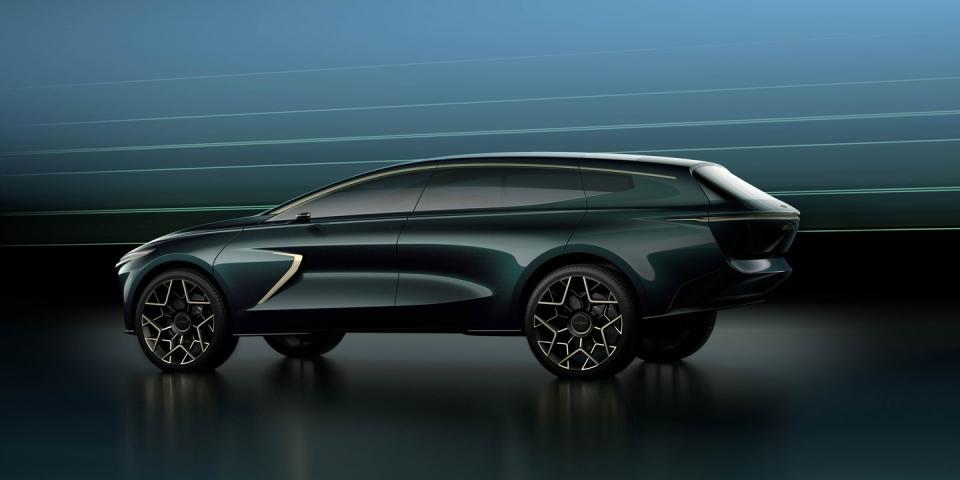
"It sounds like not a brilliant story, but David Brown bought Lagonda because he needed an engine," says Marek Reichman, the current chief creative officer and studio head for Aston Martin Lagonda.
The Lagonda brand is predicated on innovation, dating all the way back to the marque's founding, in 1906, by Wilbur Gunn, an amateur opera singer from central Ohio. (Lagonda was the Shawnee word for the settlement near his hometown of Springfield.) Gunn introduced novel features like the first fly-off hand brake and an upscale small car, the 11.1. But the company's greatest early success may have come in luring Bentley namesake and founder W.O. Bentley to join the brand in 1935. Bentley went on to design I-6 and V-12 engines for Lagonda.
It was a version of the straight-six motor that attracted the attention of David Brown, the savior of Aston Martin, when he bought the brand after World War II. "Lagonda was kind of defunct. It had stopped making cars, but it had this brilliant engine," says Reichman. "An engine that sounded, when wound out at 6500 rpm, like a Spitfire, like a Merlin, the way it sings." A version of this engine was put into early David Brown–era Aston Martins.
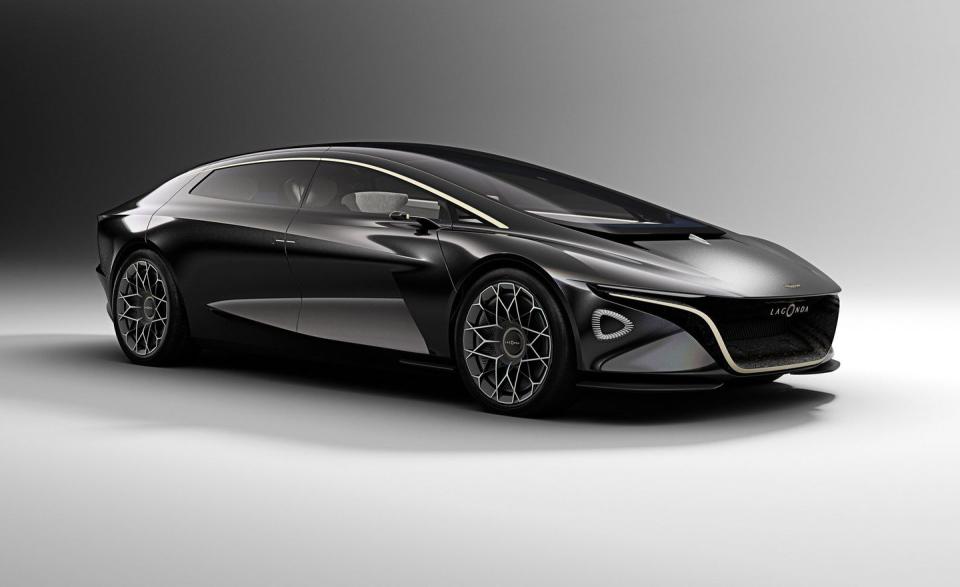
Now, in its newly revised form, Lagonda is taking the engine out of the equation entirely. The relaunched iteration of the venerable marque is as an ultra-luxury, battery-powered, autonomous-ready antipode to its British rivals. "Lagonda's unique pitch is to break up the duopoly in the space of Bentley and Rolls-Royce, which don't have a full battery-electric-vehicle proposition and are not likely to in the near term future," says Reichman. Bentley has recently announced plans to produce electric vehicles—perhaps 15 years from now.
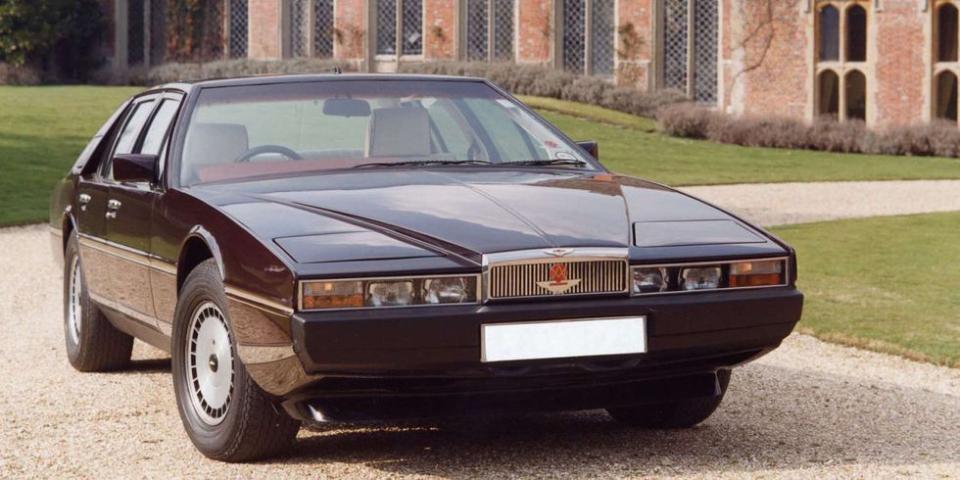
The other unique pitch is to follow from Lagonda's tradition of weirdness in design. Inspired in no small part by the insane outlier nature of the William Towns–designed Lagonda sedan of the '70s and '80s—all shovel-nosed sneering prow, sharp rectilinear angles, and fantastic (if nonfunctional) interior electronics technology—the pair of new Lagonda concepts we've seen thus far—a sedan and an SUV—take full advantage of the liberation from convention offered by electric powertrains.
They push the wheels out to the corners; they shorten the hood (no engine) and stretch out the passenger compartment. They don't worry about the incorporation (or avoidance) in the interior of components like gas tanks, exhaust systems, or transmissions. They are designed, literally, from the ground up. A tessellation of batteries in the floor act like a stage on which to set a variety of vehicular fantasies.
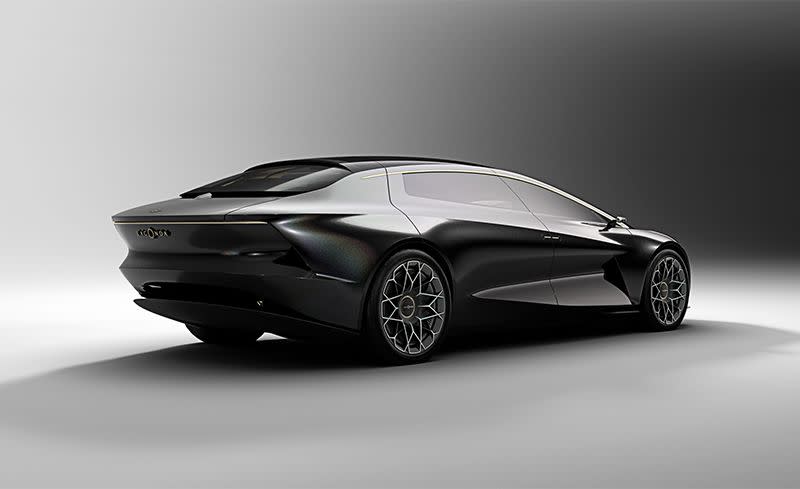
"What is every luxury-car manufacturer looking to achieve for the cabin right now? A little like the first-class cabin on a jet or Concorde," Reichman says. "We place the batteries in the floor, and you give all that space to the occupants, which is why both the sedan and the SUV concept show a unique design language. And they hark back in a way to what Towns was doing in that they're very futuristic, very dynamic, very not of this earth. Lagonda carries over the proportional beauty that I always talk about in terms of the golden section and things like that. But the language, the clothing over that, is very unexpected. It's very atypical."

This weirdness—the thorny cutlines, the difficult door and window openings, the complex interconnecting volumes—is, in fact, extremely intentional when it comes to Lagonda. According to Reichman, it is meant to enunciate the brand's luxuriousness via what he calls "rarity." This is not only defined in terms of limited production numbers and prohibitive cost, but in terms of its esoteric obscurity, what the French refer to as, recherché: something that self-selects, that you must carefully seek out.
"It should not look like it's impossible to build. But you're fascinated by the way it's built," Reichman says, comparing these forms to a complicated high-end mechanical tourbillon watch. "Lagonda should have a lot of that [attribute]: How on earth did you make this?"
According to Reichman, this elusive, confounding exclusivity provides the brand with a great deal of freedom. Its electric/autonomous contemporary revival render it ahistorical and out of time, like some sort of interstellar traveler, yet the brand still has a deep heritage. The latter is of no real meaning to consumers, though, and Lagonda is being positioned as ultraluxurious in a time when brands like these are following consumers into every aspect of their lives—from vacation homes to furniture to clothing—so it is presented with a unique personality that transcends the automotive.
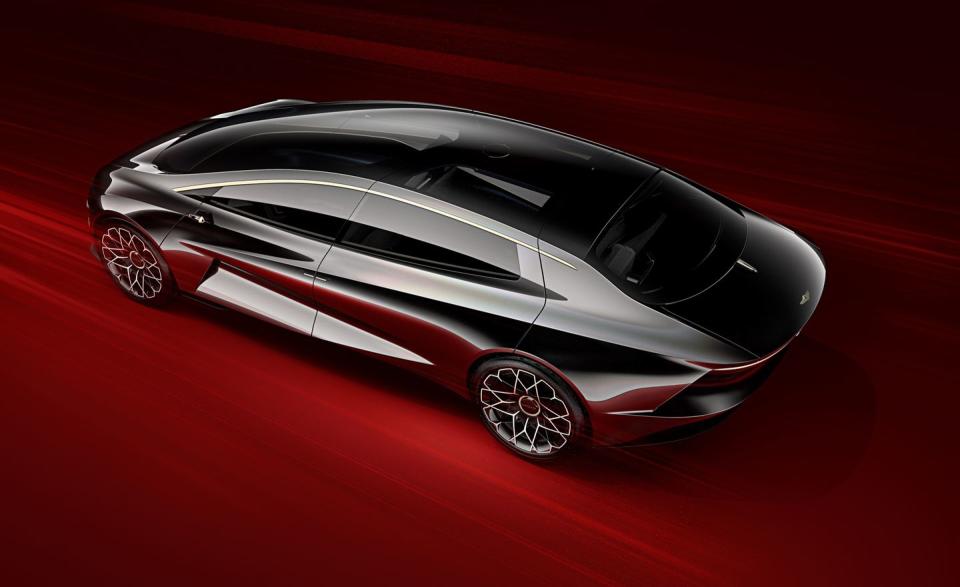
"Lagonda might be more about the hotel or the drone or the yacht, or as much as it is about the car that is ground transportation," Reichman says. But he guarantees us that more cars are coming, hinting that the lineup could perhaps use a big coupe and/or convertible next. "More vehicles," he says. "Absolutely."
('You Might Also Like',)

 Yahoo Autos
Yahoo Autos 